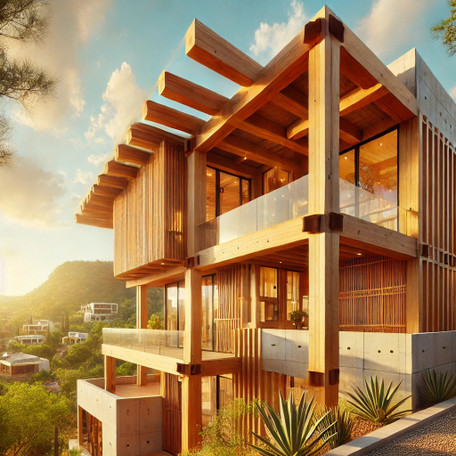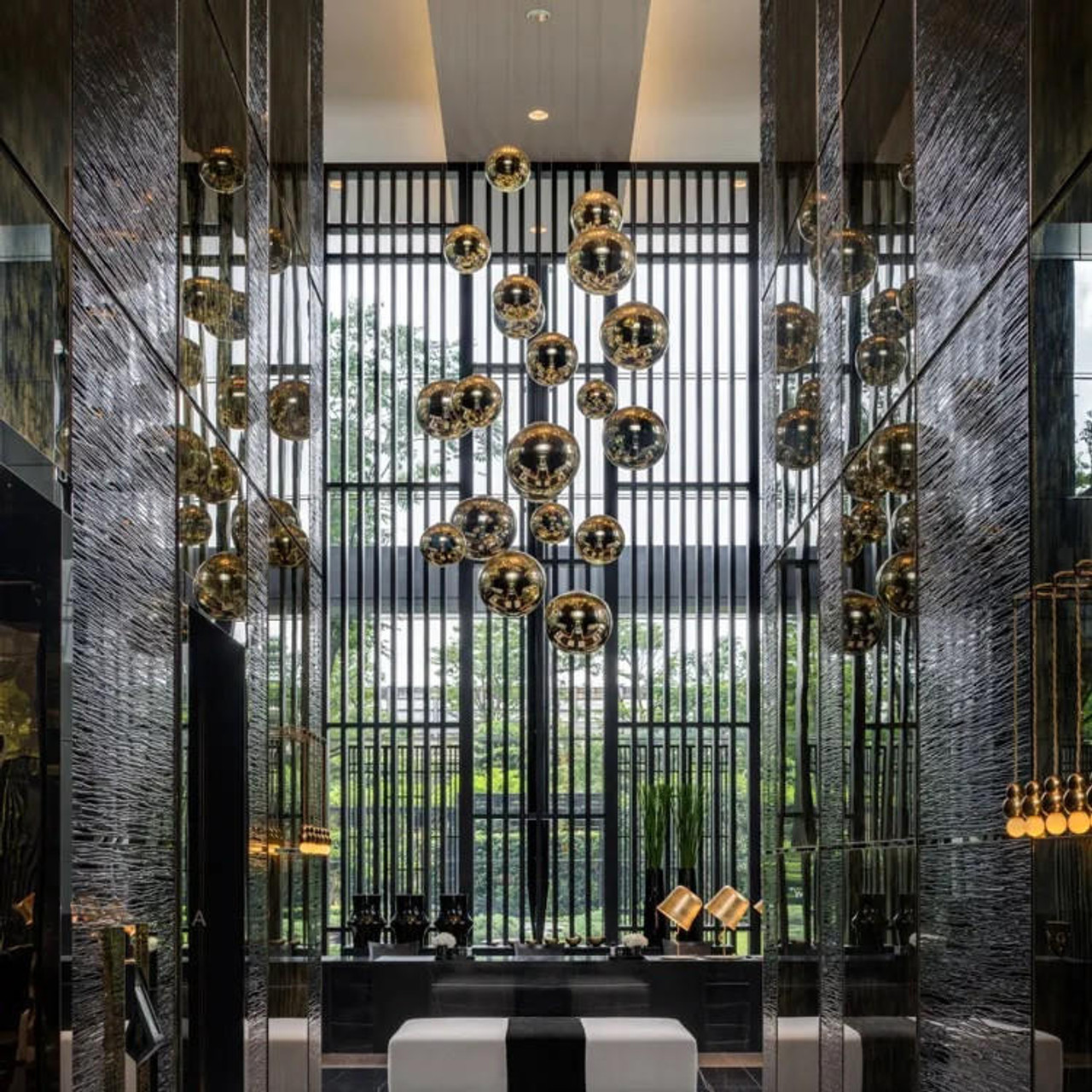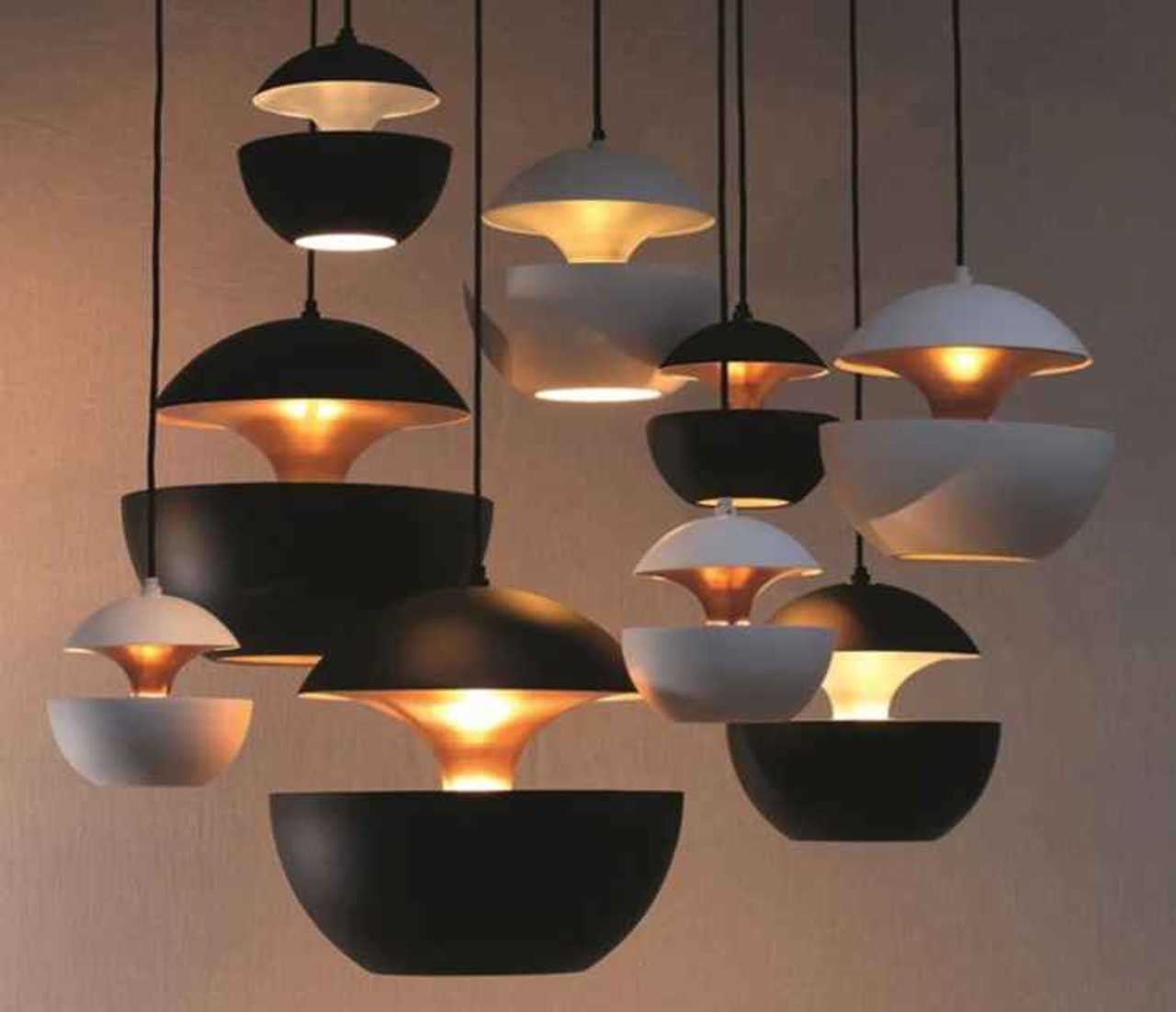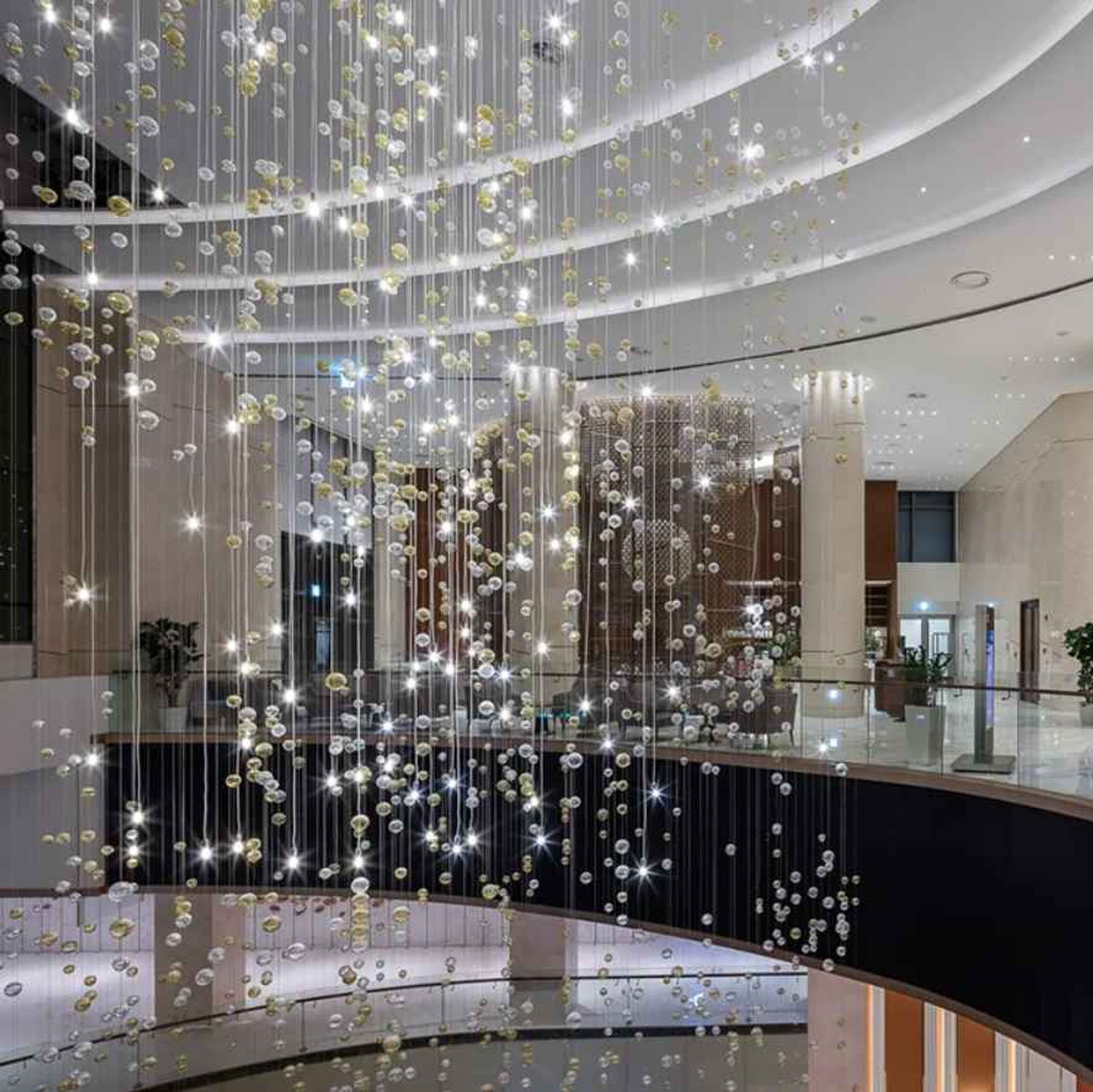Applications of Wood in Modern Mexican Architecture
Posted by Dr Martin Graythwaite - Architecture PhD / MPhil on Sep 04, 2024
In the sun-drenched heart of Mexico, where landscapes shift from dense tropical forests to arid deserts, one material has quietly, yet profoundly, shaped the built environment for centuries—wood. For much of history, Mexican architecture has been defined by stone—think of the mighty pyramids of the Mayans and Aztecs, or the colonial cathedrals and haciendas of Spanish influence. But beneath the surface of these iconic structures, wood has always played a fundamental, albeit more subtle, role.
In recent years, however, wood has taken center stage in modern Mexican architecture. As architects around the world seek sustainable, versatile, and aesthetically pleasing materials, wood is experiencing a renaissance in Mexico’s design scene. From luxurious coastal retreats to urban apartment complexes, wood is being reimagined not just as a structural component, but as an artistic medium and a tool for environmental consciousness.
But why, in a land so often associated with stone, adobe, and concrete, has wood come to play such a critical role in contemporary architecture? To answer this question, we must explore not only the physical properties of wood but also the cultural, historical, and environmental factors that have shaped its use in modern Mexico.
The Historical Legacy of Wood in Mexico
To understand the current applications of wood in Mexican architecture, it’s important to first consider the historical context. Long before the Spanish arrived, indigenous civilizations used wood extensively, albeit mostly in combination with other materials. The tropical forests of southern Mexico, especially in the Yucatán Peninsula, provided abundant hardwoods such as mahogany and cedar, which were used to create roofs, doors, and furnishings in Mayan buildings.
However, the climate was not always kind to wood. In the tropical south, wood structures often succumbed to the ravages of time and the elements, while in the arid north, stone proved to be more durable and available. Thus, wood was typically employed as a complement to stone, rather than as a dominant material.
Spanish colonization brought with it new architectural styles and materials, and wood found a place in the building of ornate colonial doors, windows, and ceilings. The use of carved wood beams, or vigas, in ceilings became a hallmark of Mexican colonial architecture, blending European craftsmanship with local materials. While stone and brick were the dominant materials for walls, wood’s role in the details—doors, ceilings, furniture—became integral to the warmth and character of colonial homes.
The Revival of Wood in Modern Mexican Architecture
Fast forward to the 21st century, and the resurgence of wood in Mexican architecture is not just about its historical roots, but rather a modern response to environmental concerns, a renewed appreciation for craftsmanship, and a desire to blend tradition with innovation.
One of the key reasons wood is making a comeback in Mexico is sustainability. As global awareness of climate change grows, architects are increasingly seeking out materials that have a lower environmental impact than concrete and steel. Wood is renewable, carbon-neutral, and, when sourced responsibly, one of the most sustainable building materials available. In Mexico, this has led to an increased focus on using local woods, harvested from responsibly managed forests.
For example, in southern Mexico, architects have begun to incorporate native hardwoods like zapote and t'zalam into their designs, while in the northern regions, lighter woods like pine are favored for their availability and ease of use. The push for sustainability has also spurred innovations in wood processing and treatment, making it more durable and resistant to the elements, particularly in Mexico’s varied climates.
modern chandelier glass globes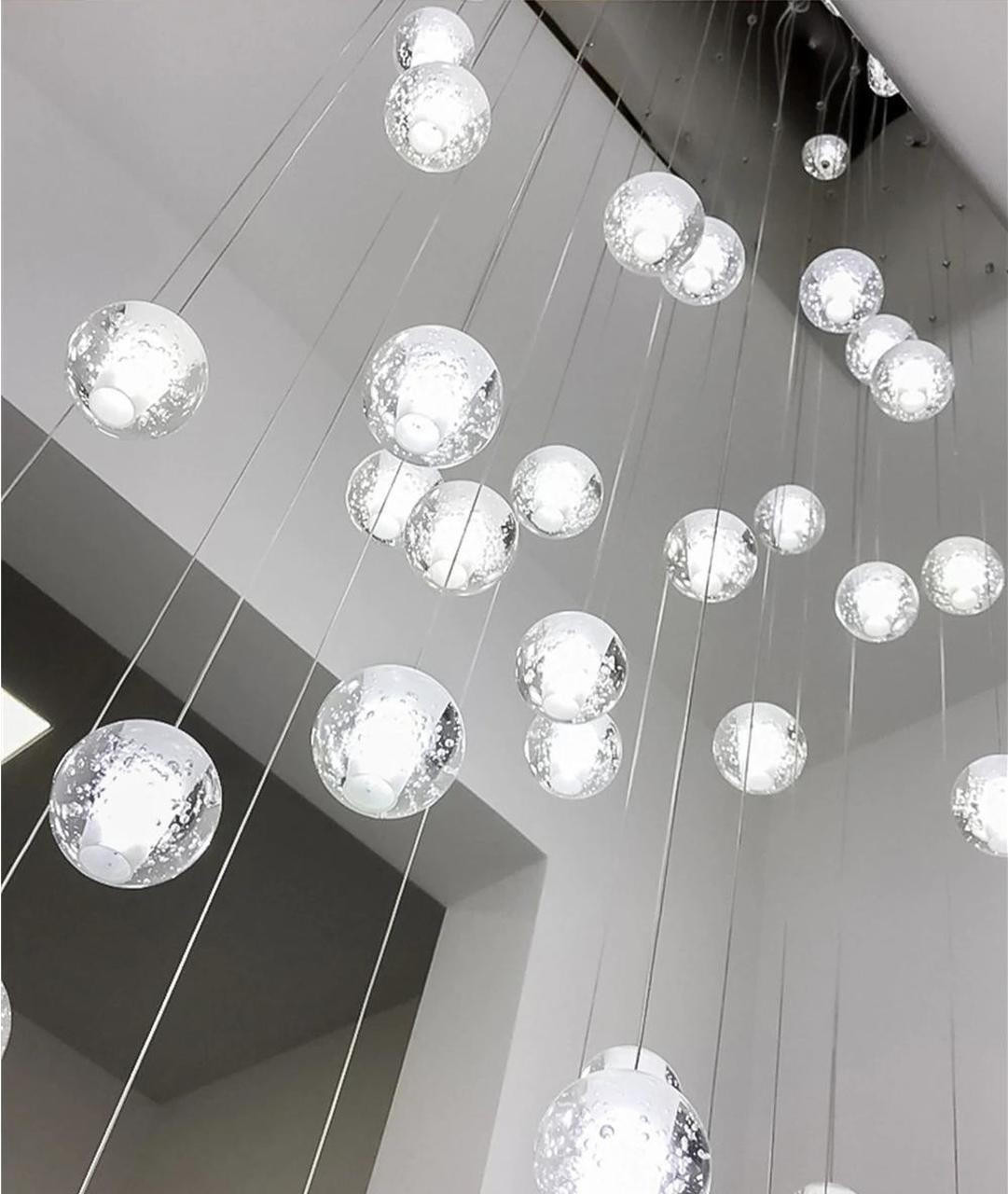
Aesthetic and Functional Appeal
But sustainability is only part of the story. Wood’s resurgence in Mexico is also driven by its unique aesthetic and functional qualities. Architects around the world have long appreciated wood for its warmth, texture, and versatility. In Mexico, this appreciation has found fertile ground, with designers using wood to create spaces that feel both modern and rooted in tradition.
Take, for example, the work of renowned Mexican architect Tatiana Bilbao. Bilbao, whose work blends modernist principles with traditional Mexican materials, often uses wood as a key element in her designs. In her projects, wood is used not only for structural purposes but also as a means of creating texture and warmth. In her acclaimed Ventanas House project in the coastal town of Jalisco, wood plays a starring role, softening the concrete and glass structure while integrating the building seamlessly with its natural surroundings.
The versatility of wood allows architects to play with different textures, colors, and forms. Whether it’s rough-hewn beams that evoke the rustic charm of traditional Mexican ranches, or sleek, polished panels that give a minimalist feel to urban apartments, wood can adapt to a wide range of architectural styles. This adaptability makes it particularly appealing in Mexico, where architecture often seeks to balance modernism with a deep respect for cultural heritage.
The Influence of Climate on Wood Usage
Mexico’s varied climate also plays a significant role in how wood is used in architecture. In the tropical south, for instance, where humidity and rain can quickly deteriorate untreated wood, architects are increasingly turning to treated and engineered wood products like cross-laminated timber (CLT). These materials are more durable and resistant to moisture, making them ideal for use in exterior applications like facades and roofs.
In the dry, desert regions of northern Mexico, where temperature extremes can cause wood to warp and crack, architects are experimenting with hybrid construction techniques that combine wood with other materials like concrete and steel. These hybrid approaches allow designers to take advantage of wood’s aesthetic and environmental benefits while ensuring that buildings are durable enough to withstand harsh conditions.
One standout example of this approach is the work of Mexican architect Mauricio Rocha, who frequently uses wood in combination with other materials to create buildings that are both beautiful and functional. In his San Pablo Oztotepec community center, located in a rural area of central Mexico, Rocha used a combination of local pine and adobe to create a structure that is both modern and deeply connected to its surroundings. The pine beams, treated to resist weathering, lend the building a warm, inviting feel, while the adobe walls provide insulation and durability.
Wood as a Bridge Between Tradition and Modernity
In many ways, the modern use of wood in Mexican architecture is about more than just aesthetics or sustainability—it’s about creating a bridge between tradition and modernity. As Mexico continues to grow and urbanize, there is a growing need to build structures that are not only functional and sustainable but also culturally resonant.
Wood, with its deep historical roots and natural beauty, offers a way to achieve this balance. In cities like Mexico City, architects are using wood to bring a sense of warmth and nature into urban spaces. For example, the award-winning Casa Roca by architecture firm Taller de Arquitectura uses wood extensively in its interior design, creating a space that feels both contemporary and timeless. The wooden ceilings, floors, and furnishings offer a stark contrast to the concrete exterior, creating a sense of harmony between the natural and the man-made.
At the same time, wood is being used in rural areas to create buildings that honor traditional construction techniques while embracing modern design principles. In the small town of Oaxaca, for instance, architect Gabriela Carrillo designed a school using locally sourced wood and traditional building methods. The school’s design is simple yet elegant, with wooden beams and columns providing structure and warmth. The use of local materials not only reduces the environmental impact of the building but also supports the local economy and preserves traditional craftsmanship.
Challenges and Future Prospects
Despite its many advantages, the use of wood in modern Mexican architecture is not without challenges. One of the biggest obstacles is the cost. While wood is relatively abundant in Mexico, high-quality, sustainably harvested wood can be expensive, particularly in comparison to cheaper materials like concrete and steel. This can make it difficult for architects to use wood in large-scale projects, particularly in low-income areas where budget constraints are tight.
Additionally, there is still a lack of widespread knowledge about wood construction in Mexico, particularly when it comes to modern techniques like CLT. While some architects and builders have embraced these techniques, others are hesitant to adopt them due to concerns about durability, maintenance, and fire safety.
However, these challenges are not insurmountable. As more architects experiment with wood and as sustainable building practices become more mainstream, the use of wood in Mexican architecture is likely to continue to grow. Innovations in wood processing and treatment are making it easier to use wood in a wider range of applications, while the growing demand for sustainable materials is driving investment in responsible forestry practices.
Conclusion: A Material for the Future
The applications of wood in modern Mexican architecture are as varied as the country itself. From urban high-rises to rural schools, wood is being used in creative and innovative ways to create buildings that are not only beautiful but also sustainable and culturally resonant.
At a time when the world is grappling with the environmental and social impacts of construction, Mexico’s architects are showing how wood—a material with deep historical roots—can be a solution for the future. In the hands of skilled designers and builders, wood is more than just a building material; it’s a symbol of sustainability, craftsmanship, and the enduring connection between nature and human culture.
As Mexico continues to evolve and grow, the use of wood in architecture offers a way to build structures that honor the past while embracing the future—an approach that, like the material itself, is both timeless and adaptable.

